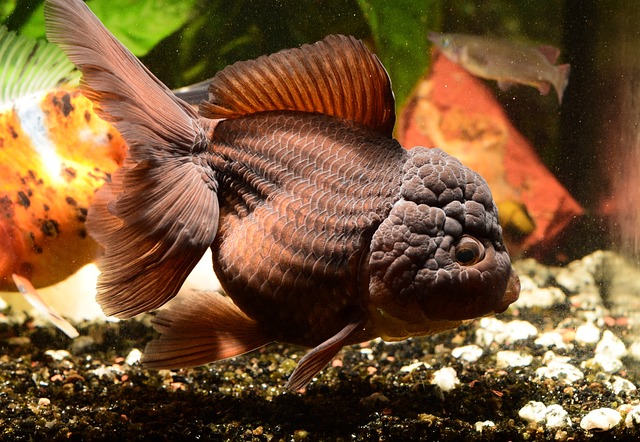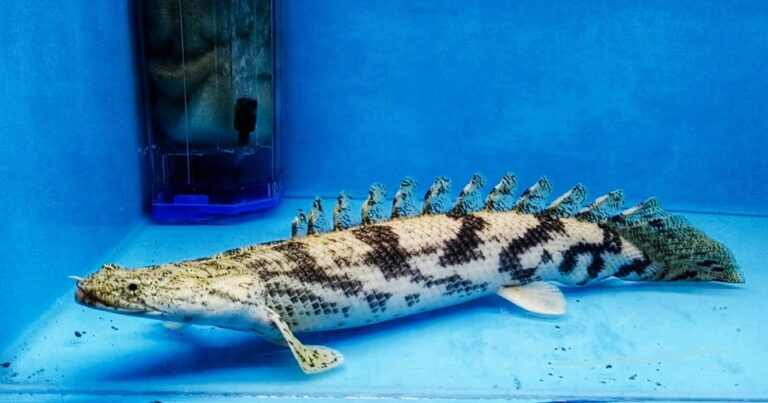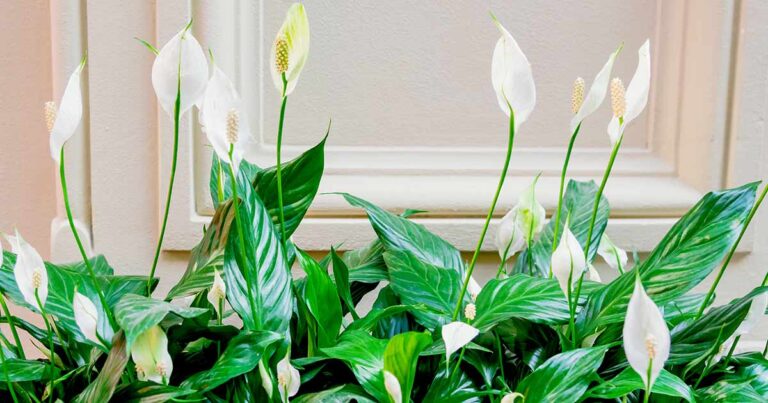Oranda fish, with their striking appearance and charming personality, are a popular choice among aquarists looking to add a touch of elegance to their tanks. Known for their distinctive hood or “wen” on the head, these graceful creatures require specific care to thrive in captivity.
In this comprehensive guide, we will delve into the proper care and maintenance of Oranda fish, covering everything from setting up the ideal aquarium environment to ensuring their nutritional needs are met. Whether you’re a seasoned fish keeper or a beginner looking to embark on the rewarding journey of Oranda fish ownership, this article aims to provide you with the essential knowledge and tips to keep your Orandas healthy and happy.
1. Introduction to Oranda Fish
Overview of Oranda Goldfish
The Oranda goldfish is a popular and fancy variety known for its bubbly appearance and distinctive head growth called a wen. These charming fish are a favorite among aquarists for their playful nature and unique looks.
Distinctive Features of Oranda Fish
One of the key features of Oranda fish is their prominent and often intricate head growth, which can come in various shapes and sizes. Their double-tail fin and vibrant coloration add to their appeal, making them a delightful addition to any aquarium.
2. Setting up the Ideal Aquarium Environment
Tank Size and Setup
Oranda fish thrive in spacious tanks with a minimum recommended size of 20 gallons per fish. Ensure your aquarium has adequate filtration, aeration, and hiding spots to create a comfortable and stimulating environment for your Orandas.
Filtration System Requirements
Invest in a high-quality filtration system to maintain water clarity and purity. Orandas are messy eaters, so efficient filtration is crucial to remove waste and maintain optimal water quality in the tank.
Decor and Plants for Enrichment
Provide a mix of live or silk plants, rocks, and decorations to mimic a natural habitat for your Oranda fish. These playful creatures enjoy exploring their surroundings and will benefit from a stimulating and enriching environment.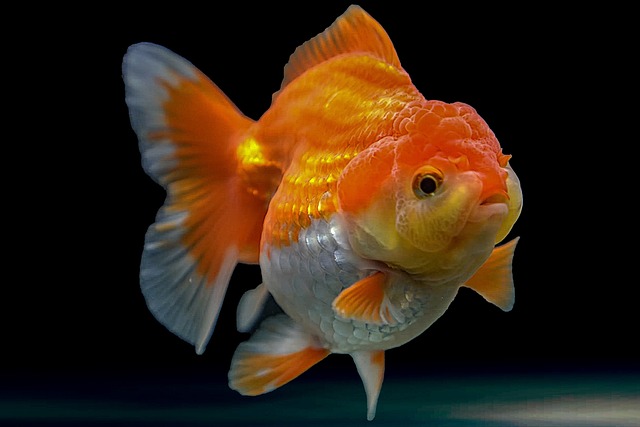
3. Feeding and Nutrition Requirements
Recommended Diet for Oranda Fish
Offer a well-balanced diet consisting of high-quality pellets, flakes, and occasional treats like bloodworms or blanched vegetables. Avoid overfeeding to prevent digestive issues and maintain the health of your Orandas.
Feeding Schedule and Portions
Feed your Oranda fish small amounts multiple times a day to prevent overeating and bloating. Adjust the portions based on their age, size, and activity level, ensuring they receive adequate nutrition to support their growth and vitality.
4. Water Quality Maintenance
Importance of Water Parameters
Monitor water parameters such as temperature, pH, ammonia, and nitrate levels regularly to ensure a clean and healthy environment for your Oranda fish. Sudden fluctuations can stress your fish and compromise their immune system.
Regular Water Testing and Changes
Perform routine water tests using a reliable test kit and conduct partial water changes as needed to maintain stable water conditions. Aim to keep ammonia and nitrate levels low to promote the well-being and longevity of your Oranda fish.
5. Health and Disease Prevention
Common Health Issues in Oranda Fish
Oranda fish are prone to common health issues such as swim bladder problems, fin rot, and parasites. Keeping their environment clean and maintaining good water quality can help prevent these issues.
Signs of Illness and Treatment Options
Signs of illness in oranda fish include lethargy, loss of appetite, abnormal swimming behavior, and visible wounds or discoloration. If you notice any of these signs, it’s important to isolate the sick fish, perform water changes, and consult with a vet specializing in aquatic animals for proper treatment.
6. Behavioral Enrichment and Tank Mates
Creating a Stimulating Environment
To keep your oranda fish happy and healthy, provide them with a variety of decorations like plants, caves, and toys to mimic their natural habitat. Orandas are curious fish and enjoy exploring their environment.
Compatible Tank Mates for Oranda Fish
Oranda fish are peaceful and can coexist with other peaceful fish species like other goldfish varieties, white cloud minnows, and weather loaches. Avoid aggressive or fin-nipping fish that may cause stress to your orandas.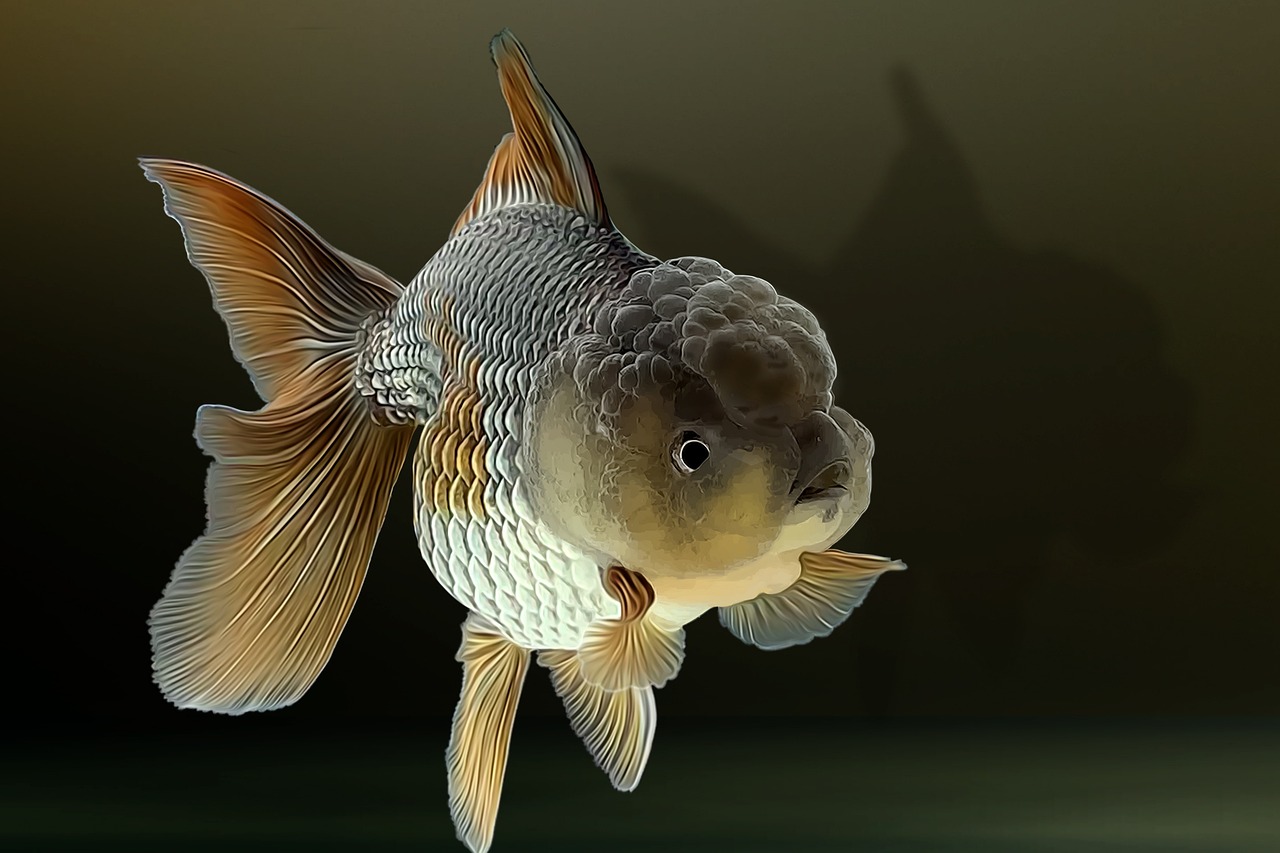
7. Breeding and Reproduction Considerations
Breeding Behavior of Oranda Fish
Oranda fish exhibit breeding behavior by chasing each other, displaying vibrant colors, and the male nudging the female’s abdomen to release eggs. Breeding usually occurs during the spring and summer months.
Tips for Successful Breeding
To encourage successful breeding, provide a separate breeding tank with ample hiding spots and plants for the female to deposit eggs. Maintain good water quality and monitor the breeding pair closely to prevent aggression or stress during the spawning process.
Conclusion
In conclusion, caring for Oranda fish can be a rewarding and fulfilling experience when done with dedication and attention to detail. By providing a suitable environment, proper nutrition, and regular maintenance, you can ensure the well-being and longevity of these beautiful creatures. Remember to observe their behavior, address any health issues promptly, and continue to educate yourself on their specific needs. With the right care and commitment, your Oranda fish will flourish, bringing beauty and joy to your aquatic world for years to come.









